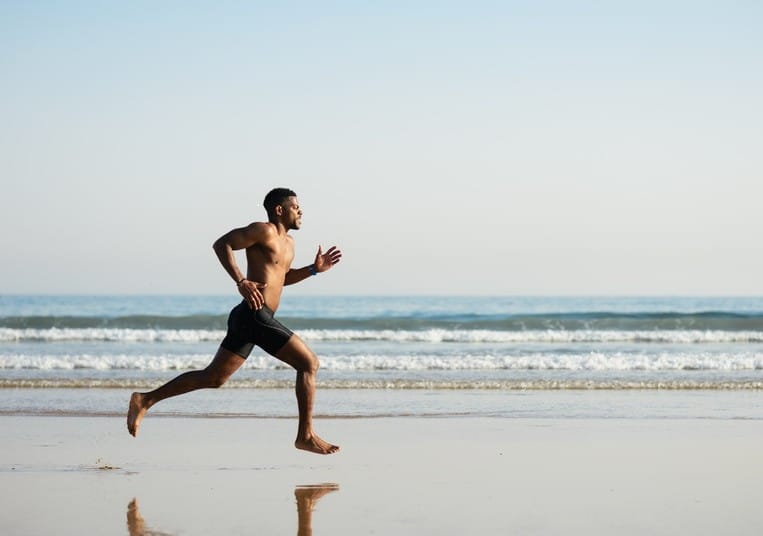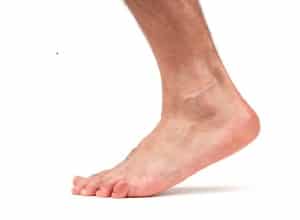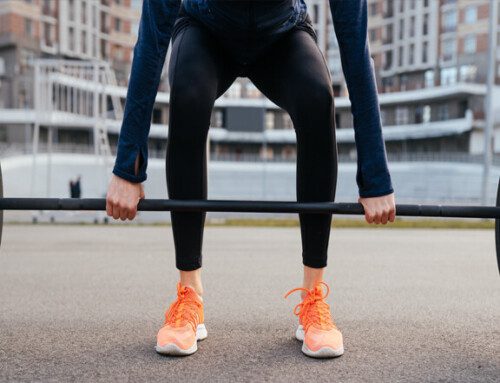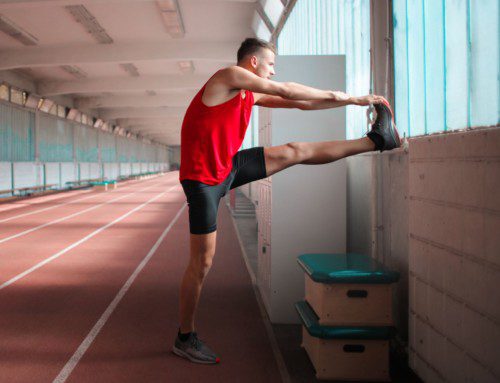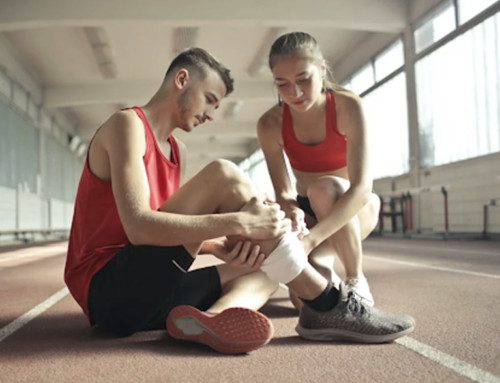Barefoot running is a topic surrounded by quite a bit of controversy.
Because humans have been running since before shoes existed, much of the issue relates to the natural movement of our feet and how our bodies are designed to move. Many believe that injuries started occurring after running shoes were invented because people changed their natural running mechanics.
Without shoes to absorb the shock of the foot hitting the ground during running, a runner must alter the placement of their foot. Instead of the heel striking first, runners will land on the front part of their foot called the forefoot.
Proponents of this type of running theorize that this will strengthen the foot muscles, making the foot stronger and more stable. But is this type of running a good idea for all people, and does this form of running actually reduce injuries?
Running Barefoot vs. Running Shoes
One study from the University of Massachusetts Amherst found that people who strike with their heel first were more efficient runners than those that contacted the ground with their forefoot. They found that runners who first contacted the ground with their heel used less oxygen to run at the same pace as those who ran on their forefoot.
Another study performed at Brigham Young University found no evidence of increased foot strength in those that ran with minimal footwear. In fact, there may be an increased risk of fractures in the front part of the foot in those that run barefoot. Other studies have demonstrated a potential decrease in force experienced in the knee with barefoot or minimalist running.
The biomechanics of running are not simple. They are different from runner to runner. Some people may benefit from a more forefoot gait pattern, while others do well with a heel strike.
If you think you have an issue or would like to assess your foot strike, SetPT can help. We can analyze your running gait and help you determine which pattern is better for you. Our therapists have extensive experience in running biomechanics and can keep you running pain-free.
Contact your local SetPT location to learn more about improving the way you run.

